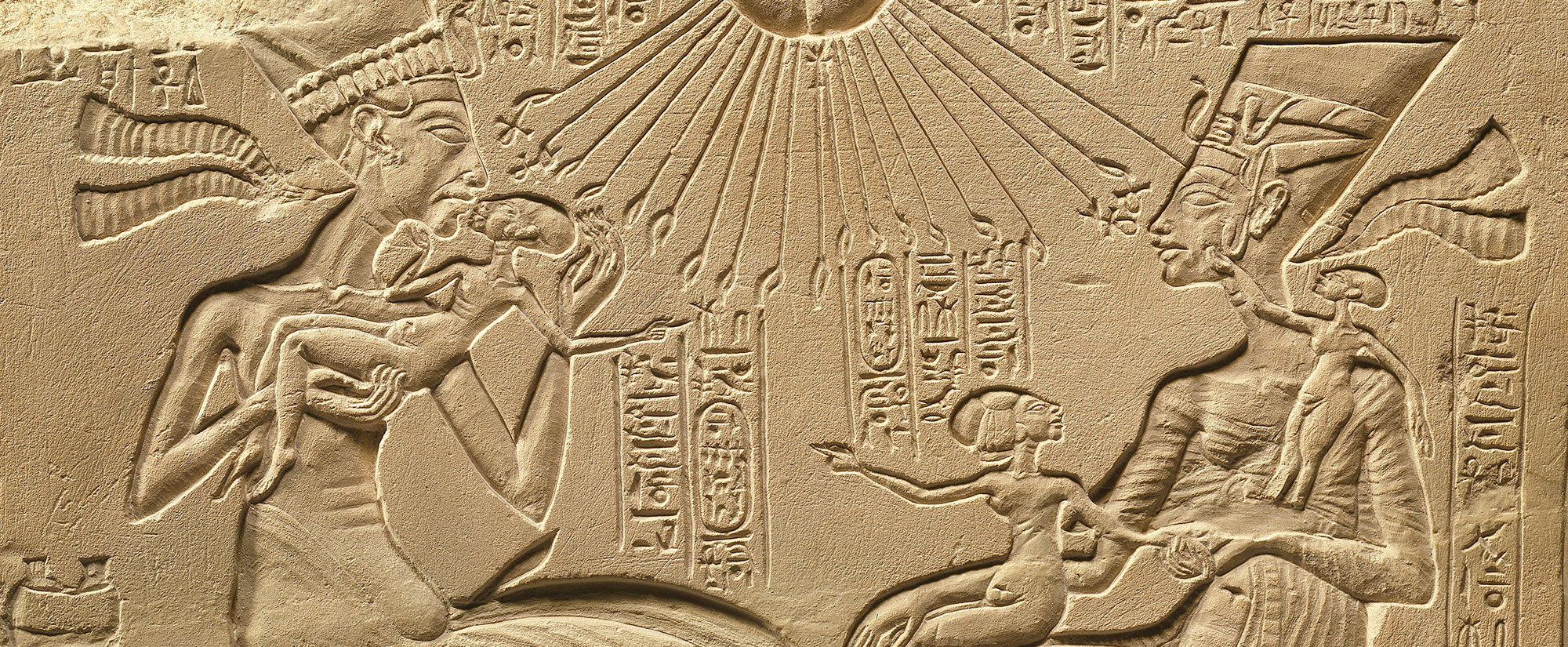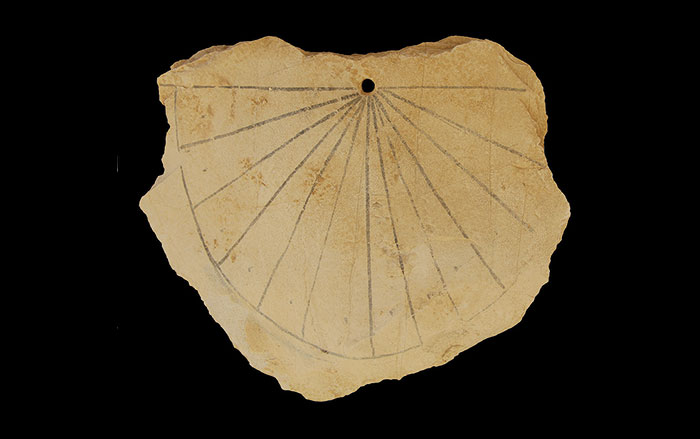
SHEFFIELD, ENGLAND—Scientists at the University of Sheffield have developed a new way to determine the source of obsidian artifacts using a hand-held device that can be carried to archaeological excavations. Results are available in ten seconds, rather than the months or years it had taken in the past to match the ancient glass to its source volcano in the lab. “We’re shifting chemical analysis from the realm of ‘white lab coats’ to ‘muddy boots.’ The more that archaeologists and specialists in various field can work together on-site the better,” explained archaeologist Ellery Frahm.











